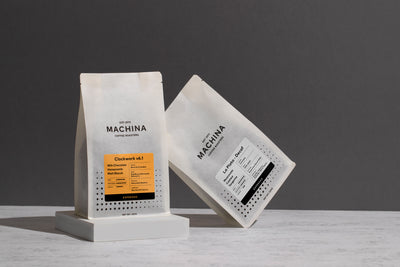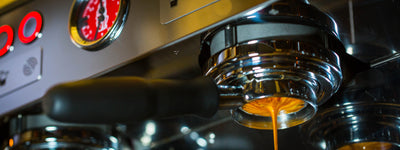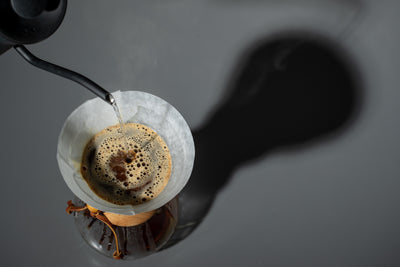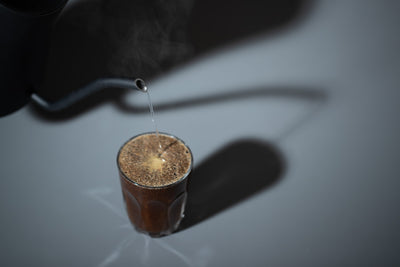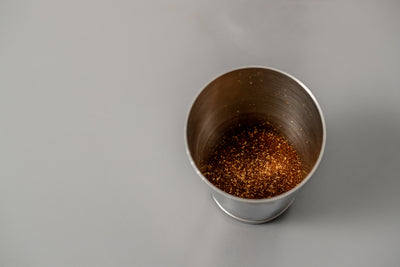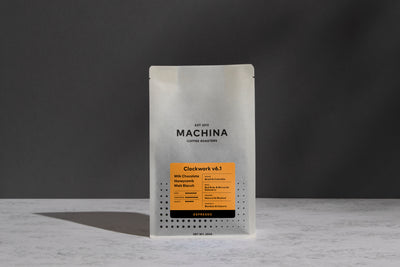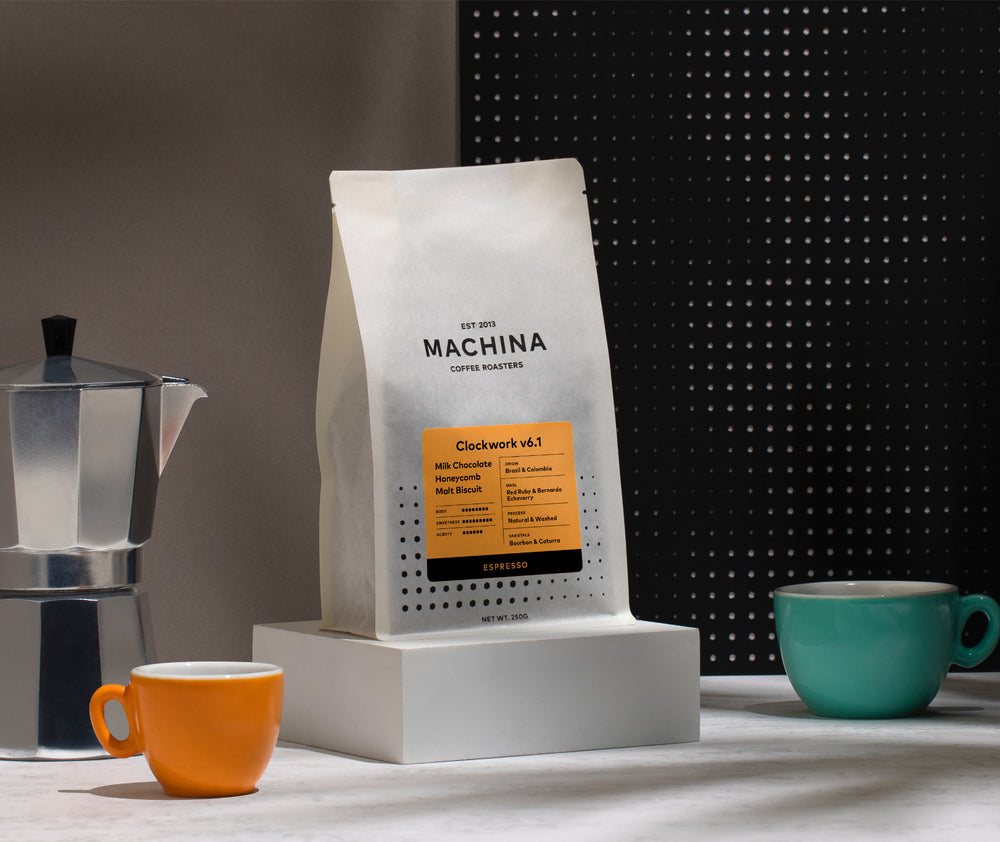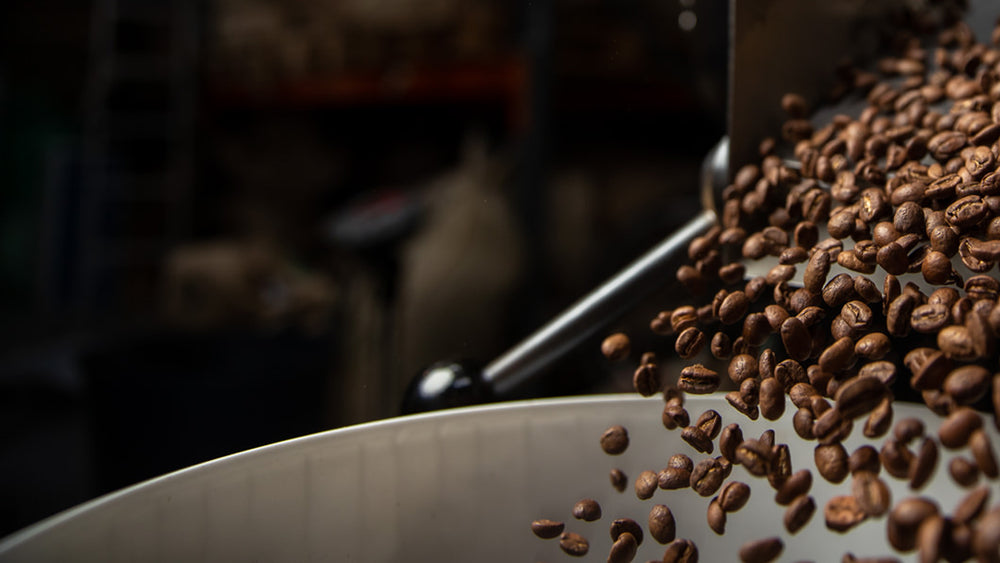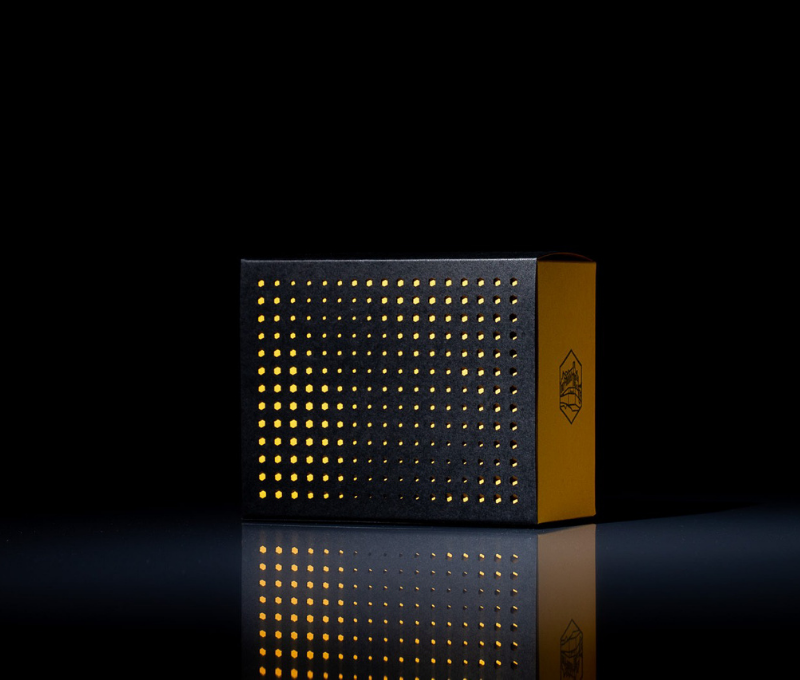Choosing the right home espresso machine can be tricky, having to make decisions about price vs quality, features you need, whether they can can actually brew espresso and steam milk at the same time, and is the price justified?
This blog is designed to answer all those questions, and give you a little more assurance that you are making the right decision before hitting BUY.

Pro-sumer machines explained
The wording 'pro-sumer' sounds confusing and complicated! It simply means professional grade equipment for use in the home or office. These machines are a good jump up in quality from the models you tend to see on the high street in places like Argos or John Lewis.
The main differences are that they are very well built, with good quality components. Further, they are usually always housed in chrome / steel metal housing, fitted around a solid metal chassis, making them much more robust than the majority of cheaper machines (That are usually produced from plastic).
Without getting too 'techy', the other main differences are that the key parts of the machine like the pump, grouphead, valves etc are all geared towards being able to work with finer grind, just like a commercial machine. This means that you can produce espresso at a much higher level of quality to that of cheaper machines, and actually get pretty close to cafe quality coffee (and crema) that everyone is looking to acheive.
Boiler designs (The boring bit)
The boiler design is the thing that most people don't know that much about, but crucially, it's the thing that really dictates what the machine is capable of and what price point it will typically be at.
You can generally sort home espresso machines into three categories: Single Boiler, Heat Exchanger, and Dual Boiler. The boiler type really impacts price, ability and features, so is a good place to start when you’re thinking about buying or upgrading your home espresso setup.
Single Boiler (SB) Machines
These machines are the cheapest models you can buy, and can produce espresso, but it's usually not very good. They don't have any useful controls or gauges to advise on temperature. These machines have only one boiler which provides hot water for brewing espresso and steam for milk – but cannot do both at the same time. As you switch from espresso to steam, the boiler needs to increase in temperature & pressure, and vice versa.
As a general rule, it goes like this. You turn it on, the light comes on and the machine heats up. It reaches a max temp, then the light goes off and it starts to get cooler. Once cool enough, the light comes back on and it repeats the cycle. Think glorified kettle.
Ultimately you don't know the temperature of the machine when you choose to make your espresso, so it's a guessing game and one that you usually lose at. There are ways and means of changing this, but it's a bit like pimping up a Fiesta to be a Porche.
Pros
- Low cost.
- Accessible.
- Compact.
Cons
- Typically cheap looking with low value parts.
- Lacks good temperature control.
- Unable to brew espresso & steam milk at the same time.
- Results vary massivly based on time.
- Pressurised group, which limits it's ability to take fine grind *So you get very fast bitter shots.
Please note: We do not currently offer any single boiler machines, as we don't belive that there is one available that makes good enough coffee.
Heat Exchanger (HX) Machines
Heat exchanger espresso machines the point where home set ups can genuinely get quite good. They are a clever hack that allows one boiler to heat water for brewing espresso and hot water/steam – and does it in a way that allows you to use both functions simultaneously.
The water in the boiler is superheated to create steam. When a shot of espresso is pulled, that water comes from a coiled HX pipe which sits within the boiler. Additional cold water has been pulled into the pipe so that its temperature is cooler than the main section of the boiler. This design results in two separate temperatures to meet the demands of brewing and steaming at the same time. Clever...
Most HX's offer gauges showing boiler and/or pump pressure, and many models offer the ability to adjust these parameters. HX's come with a mix of connection options (model dependent) including internal reservoir, mains water connection or both.
They are more expensive than single boilers, but provide good value due to their higher grade build, quality components (often commercial grade), convenience and most importantly - reliable temperature control that can produce amazing coffee.
Pros
- Slick design / aesthetic.
- Higher quality piece of equipment.
- Great temperature control to within 1-1.5c.
- Pre-infusion.
- ECO mode *Auto turn off for safety.
- Temp switch mode *PRO400 & JUMP only.
- Water source options (Reservoir or mains connection)
- The ability to prepare espresso and steam milk simultaneously.
- Automatic boiler refill.
- Shot timer *Excluding the Appartamento.
- Great steam pressure for preparing milk.
- Separate hot water tap.
Cons
- Higher cost than single boiler machines.
- Larger in size.
- No PID.
- Not as super precise as dual boilers for temperature control.
General info on our HX models:

These options are all traditional (manual) 'Leva' activated machines, where you activate the espresso shot by lifting the chrome arm upwards to open up the valve to allow water to be pushed onto your espresso puck. They are all driven by the iconic E61 group head, which provides amazing temp stability (via thermal mass), one of the two essential elements (Beside pressure) behind great espresso. They are all exceptionally well built, with solid metal chassis, frames in steel panels (Some are chrome plated), with excellent attention to detail.
We currently offer three HX machines:
The brands:
Rocket are from Italy, and produce beautifully designed and highly functional machines. The Appartamento is a hugely popular model, as it provides amazing quality in a unique styling, with it's circular cut outs on each side, available in either white or copper inner.
Profitec are from Germany, and produce slick, minimal and high performing machines. The PRO400 and JUMP are very similar HX machines, in terms of size and features. They only difference is that the 400 has rotary knobs for steam & water, and the JUMP has joystick style controls with wooden features.
Who are HX machines right for?
If you want great coffee at home that's capable of acheiving cafe quality coffee, then this is a great option without going into the world of dual boiers. They are perfect for people that tend to drink the same coffee all the time, and don't intend on getting into the nerdy end of coffee experiments, but do appreciate quality coffee.
Dual Boiler (DB) Machines
Dual boilers are considered the premium option in pro espresso machines. They provide the best control via a range of features that ultimately make it easier to make great coffee, and provide the owner with lots of options, depending on how far they wish to go (In nerdyness).
These machines have two boilers - one dedicated to providing hot water for brewing espresso and one for hot water/steam. This means you can prepare espresso and steam milk simultaneously at ease with zero compromise.
All dual boiler machines also come with a ‘PID’. This is a digital temperature controller that allows you to accurately change the temperature / pressuree of the boiler/s which provides great control of espresso extraction to suit different coffees types, styles and tastes. You can usually also control the temp / pressure of the service boiler (for hot water & steam), which alows you to ramp the power up and down as preferred.
The build quality of these machines is usually very high, with excellent design and high-grade components. Dual boiler espresso machines offer ultimate convenience and are feature-rich, leaving the user able to control and adjust as they please. They come with a mix of connection options (model dependent) including internal reservoir, mains water connection or both. They are typically at the top end in terms of price, due to their multiple boilers and high-grade components.
Pros
- Slick design / aesthetic.
- High build quality and components.
- Amazing temperature / pressure stability (Via PID).
- Pre-infusion.
- ECO mode *Auto turn off for safety.
- Shot timer.
- Water source options (Reservoir or mains connection)
- Ability to prepare espresso and steam milk simultaneously.
- Automatic boiler refill.
- Great steam pressure for preparing milk.
- Separate hot water tap.
Cons
- Higher cost.
- Larger in size.
We offer a very comprehensive range of Dual Boilers from La Marzocco, Rocket, Victoria Arduino and Profitec. They range lots in terms of style, but they all offer dual boiler technology, PID's, ECO Mode, Pre-Infusion, water connection options (Exc the PRO600) and seperate hot water taps. Just like the HX range, they all offer independant gauges showing boiler and group pressures. Some models even come with an iOS / Android APP that you can program numerous settings on (Linea Mini & VA Prima One).
Across the range we offer, they do have differences across pump type and the control option they provide to actually activate the espresso extraction (Manual - Leva & Paddle or Automatic / AV).
We currently offer these three models with Leva control.

We also offer the Linea Mini range with Paddle control.

Then we offer these two models with AV (Auto) programmable controls.

Automatic / Programmable machines activate shots similar to commercial machines that can have shot times programmed to specific buttons. These machines tend to be high in features and come with compatible apps (iOS & Android). These machines are geared towards coffee enthusiasts, but both models often find their way into bars, offices and events too.
Who are Dual Boilers right for?
If you like precision, enjoy some technical stuff, have a taste for seriously good coffee, and are happy to spend a little more to acheive it, then dual boiler machines are probably for you. DB's are capable of making coffee that's as good as (sometimes even better!) than great cafe, especially once you get it set up just like you want it. They are perfect for people that like to play around with temperatues, different roasters, different roast styles (light to dark), and see the benefits of being able to either control and / or manipulate all the variables in the process.
In addition to the above, it is very common for people who have had an HX for a while, to think about upgrading to a DB, if they think they would like to push their coffee abilities to the next level.
Dipper Boiler Machines
Dipper boiler machines are a unique design that is favoured in Traditional Lever machines. While HX & dual boiler models use a pump, the design uses boiler steam pressure to drive the brew water up to the group.
Lever machines are famed for their tactile hand on appraoch to preparing espresso, and many belive that this method produces espresso (and crema) like no other machine design can, considering viscocity, sweetness and depth. It's a hands on experience that is popular with the purists.
Here's how a dipper boiler works (In short form):
- The user pulls the hand lever, which starts the pre-infusion process.
- The boiler's hot water flows into the brewing group and cools to the desired temperature.
- The user releases the lever, which closes the water flow and applies pressure to the coffee to extract it.
We only offer one dipper machine, which is the Profitec PRO800. This machine is considered an exceptional example of a redesign of the classics that some people consider to be 'cult' / 'icoinic' lever machines. It's got a very high end look and feel to it, with beautiful clean lines, precision finishes, full chrome body and wooden features, all housed around a solid metal chassis.
The PRO800 has a huge 3.5L boiler, a super heavy weight saturated group, a large dial for showing pressure / temperature and even a PID to control the exact setting of your shots. Further to this, it includes separate / dedicated steam and hot water outlets (via joystick controls), all finished off with finely crafted wooden covers around the lever and steam / water facets.
You can even plumb the machine into the mains water if you prefer, so it has an internal vibration pump, which is only used when you use the mains water.

Pros
- Slick design / aesthetic.
- High build quality and components.
- Amazing temperature stability (Via PID).
- Pre-infusion.
- Shot timer.
- Water source options (Reservoir or mains connection)
- Ability to prepare espresso and steam milk simultaneously.
- Automatic boiler refill.
- Great steam pressure for preparing milk.
- Separate hot water tap.
- Joystick controls for water / steam.
Cons
- Higher cost.
- Larger in size.
Price - what you actually get for your money.
In the world of espresso machines, the more you pay the easier it gets to pull a great shot, because the lower end machines have much less control and rely on guess work (Or luck). This seems a little unfair, as those with smaller budgets face a bigger battle / learning curve. Here's the breakdown in low / med / high spends.
Low end:
Single boiler machines are the cheapest as they have only one boiler which dramatically lowers the cost of manufacturing. You can buy single boiler machines for as little as £80 in high street department stores (Gaggia, Dualit, Di-Longhi, Morphy Richards etc). If you are looking to make half decent espresso - don’t waste your money as they are not worth the time or investment (they are cheap for a reason). If you have a budget less than £1250, we highly recommend buying a filter machine, as you will get far better coffee this way.
These machines are not capable of delivering consistent and stable temperature levels, which need to be achieved for great espresso.
Who's it for: Those on a budget or those looking to try out their first espresso machine without breaking the bank. Beware the limitations!
Middle
HX machines can be bought for between £1250 – £1600, depending on brand, build and additional features. They tend to look more impressive and elegantly designed than single boilers. Many people opt for HX machines, as they offer virtually all that dual boilers provide including better build quality / components, temperature stability, etc - without the higher cost. Ideal for espresso and milk based drinks. Whilst they don't offer quite the level of control over brewing temperature, unless you are a pretty serious coffee person, you may not be able to tell the difference.
Who's it for: Those who know they want something that will last, offers much more quality coffee wise, has a bit more power and are willing to spend the extra money to get there.
High end
Lastly, domestic dual boiler machines cost between £1700 – £5000, depending on brand, build and additional features. DB's are traditional, beautifully crafted machines designed for those that want ultimate performance and maximum control. They contain a digital system that monitors temperature (PID) and enable complete stability. They are highly convenient – there’s no waiting, no cooling flushes, and they allow you to make coffee to rival that of the best coffee shops around.
Who's it for: Those who want the best available in terms of precision, features and style, want cafe quality coffee in their home and understand what they are buying into.
REFERENCE GUIDE:
Features and prices - the facts.
Across all types of machine there are a number of other key features that may contribute to your final decision.
Manual (E61) group heads
These use a lever to allow water to enter the group (offering pre-infusion of the coffee) before activating the pump and delivering your shot as normal. Pre-infusion is where water is in contact with the coffee for a short period of time at a very low pressure before that pressure increases and full extraction starts. It allows subtle flavours to shine through, and also is more forgiving if your tamping isn’t 100% perfect.
Manual (Traditional Lever) group heads
Traditional Lever machines have a large handle protruding from the top of the group head. Pulling down on the lever allows water to fill the group, and releasing it engages a piston which forces that water down through the coffee, delivering your shot as normal. Lever machines offer both pre-infusion and post-infusion. This means a gradual ramp UP in pressure at the beginning of the shot, and a gradual ramp DOWN in pressure towards the end of the shot, allowing different flavours to develop. Shots from a lever often taste very unique.
Semi Auto aka EE (ON/OFF Brew switch)
Semi automatic machines have a switch/button on the front panel that starts or stops the extraction process. The Rancilio Silvia is an example of this type of machine.
Automatic aka AV (Programmable keypad/buttons)
Some machines have an automatic extraction process. This means that once you’ve done your perfect tamp, and inserted the portafilter into the group-head, you only need to select the correct preset button to pull the type of shot you want (single or double).
PID Temperature Controller
Shows you the temperature of the boiler and allows you to control that temperature digitally.
Pre-infusion
PI by definition is the release of pressure controlled water onto the puck - at say 3 bar of pressure, then after a certain period of time (3-10 secs) the puck becomes saturated and the full release of water starts. The benefit is that a fully satured puck extracts the coffee more easily and evenly, providing a better espresso shot. You can only really acheive proper PI by having a machine connected to the mains water, which has the ability to provide / feed water at a set pressure, but with a reservoir it is still a valuable feature.
ECO Mode
ECO mode is a function that can be turned on/off on most good machines. It alows you to set the machine up so that when left on for too long, it automatically powers down, to both save electricity and keep the use of the machine as safe as possible. They are usually accessed via the PID controlller or shot timer.
Adjustable brewing pressure
Allows you to adjust it to suit your coffee.
Adjustable steam temperature
Allows you to adjust it to suit your milk/steaming technique for good micro-foam.
Boiler pressure gauge
Displays the pressure of the steam boiler.
Brewing pressure gauge
Displays the pressure at which your shot is being extracted.
Steam & Hot Water outlet options:
Rotary
Usually circular facets on the front of each outlet that are opened by turning the knob clockwise. Modern machiens tend to have quarter turn functionality, meaning that they reach full release (fully open) in a short turn, instead of the old style that took multiple rotations.
Joystick
Whilst still delivering the same function as a rotary option, the joy stick version offers two different styles of activation. Firstly, you can move the joystick on any direction, and click it into 'ON' mode, which releases steam/water when activated. You can also move the joy stick ion one direction without activating the click, used for purging.
Pump types:
Rotary pumps
Used in commercial and high-end domestic machines such as the Rocket R58. Rotary pumps offer a more stable pressure for extraction. They are quieter and adjustable. They do cost more to replace, but they also have a longer lifespan.
Vibratory (or Vibe) pumps
Commonplace in most low- to mid-range domestic machines. Vibratory pumps are the noisier of the two pump types, but can only be heard when water needs to be pumped into the boiler. They do need replacing more often than rotary pumps, but are reasonably priced (under £40).

